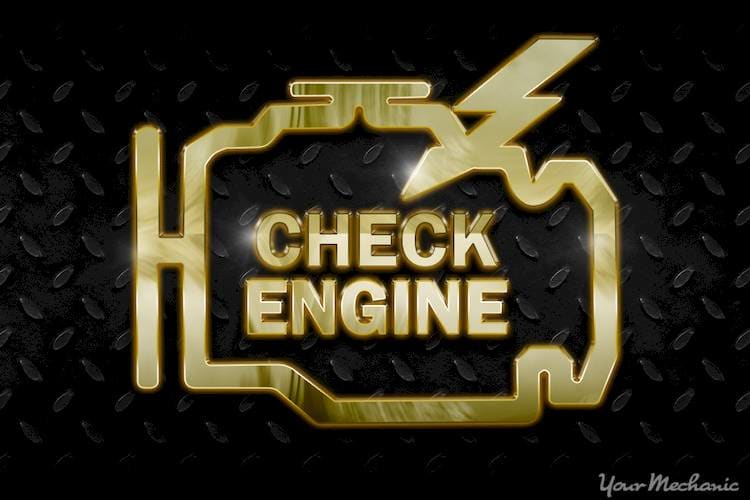P2271 trouble code definition
O2 Sensor Signal Stuck Rich Bank 1 Sensor 2
What the P2271 code means
This code indicates the downstream O2 (oxygen sensor) on bank 1 has failed an onboard test run by the PCM (powertrain control module). Bank 1 is the set of cylinders that includes the number one cylinder.
What causes the P2271 code?
The PCM monitors the sensor data on deceleration and expects to see it indicate a lean condition in a specified amount of time. The time frame for this test is different with every manufacturer. If the O2 fails this test, it is assumed the O2 is faulty.
What are the symptoms of the P2271 code?
The only symptom will be a Check Engine Light. Downstream O2 sensors, as indicated by the sensor 2 position, are used to determine if the catalytic converter is operating efficiently. It will not have any effect on drivability of the vehicle.
How does a mechanic diagnose the P2271 code?
For the most part, this code is fairly foolproof as an indicator of a failure. If there are no other codes, the technician will likely just replace the sensor. The PCM is performing the same test the technician would perform manually, although with a different method.
Although, if the technician has reason to believe there are other circumstances that could set this code, he or she should perform the necessary diagnostics to confirm or prove wrong his concern. These concerns would be out of the ordinary circumstances such as customer working on their own vehicle that could have inadvertently set such a code. This example only serves as one example. All other ideas about concerns would be purely speculation.
Common mistakes when diagnosing the P2271 code
Visually inspecting the exhaust system for leaks, the electrical harness for corrosion or other damage is very important and often forsaken. There are numerous other failures that can set this code, although they usually set their own code or codes. These codes should be diagnosed first. At times, but rarely, an actual rich running condition could exist that could set this code. If a technician were to miss such a condition, the O2 sensor could be replaced and not fix the problem.
Identifying which O2 sensor is which is sometimes cumbersome. Replacing the wrong sensor happens at times. Anytime an O2 sensor is replaced, care should be taken when identifying the correct sensor.
How serious is the P2271 code?
This code is not serious to the drivability of the vehicle for the simple reason that this code is usually only an indicator of a bad downstream O2 sensor. Barring other problems that might contribute to the setting of this code, this code is minor.
What repairs can fix the P2271 code?
-
Replace the bank 1 sensor 2 oxygen sensor
- Repair O2 the bank 1 sensor 2 wiring harness
- Replace the O2 connector
- Fix any exhaust leaks
- Repairing all other drivability codes and issues first
- Repair the PCM (Not a common failure)
All O2 sensors do the same thing, they measure the amount of oxygen in the exhaust stream. The more oxygen there is the leaner the vehicle is running. What’s important about this particular code is recognizing where it is mounted in the exhaust system. When an O2 sensor is labeled a downstream sensor, it means it is mounted after the catalytic converter. If this is the case, it is used for emissions and not for the calculation of the air fuel ratio. The O2 operates the same as an upstream O2, but the data it produces is different.
An upstream O2 will oscillate rapidly between 0.1 volts and 0.9 volts indicating the PCM is making rapid changes to the amount of fuel injected in order to maintain the most efficient conditions for the motor.
A downstream O2 will not oscillate rapidly. It should move very slowly in its voltage range indicating the catalytic converter is successfully reducing the amount of HC’s (hydrocarbons) emitted from the exhaust.
Many newer vehicles use an O2 sensor that uses a wider voltage range of 2.0 to 4.0 volts. These sensors are more accurate and are more accurately called air fuel ratio sensors. Although, they are still referred to as O2 sensors.
Need help with a P2271 code?
YourMechanic offers certified mobile mechanics who will come to your home or office to diagnose and repair your vehicle. Get a quote and book an appointment online or speak to a service advisor at 1-800-701-6230.
Check Engine Light
trouble codes
P2271





